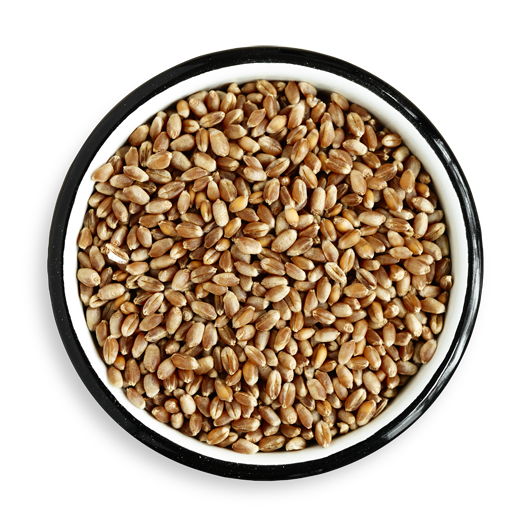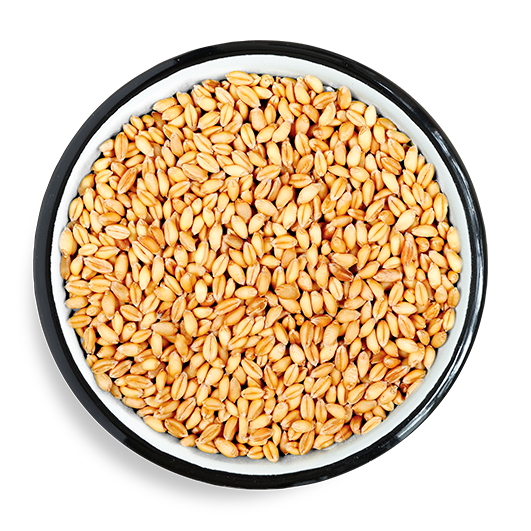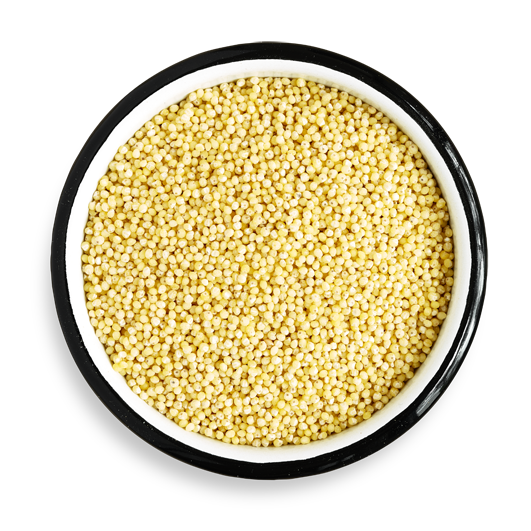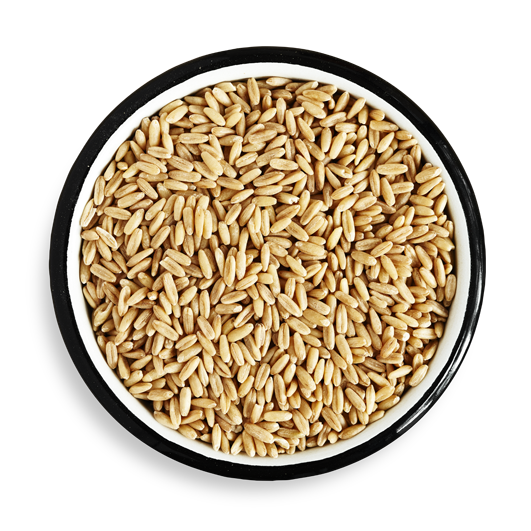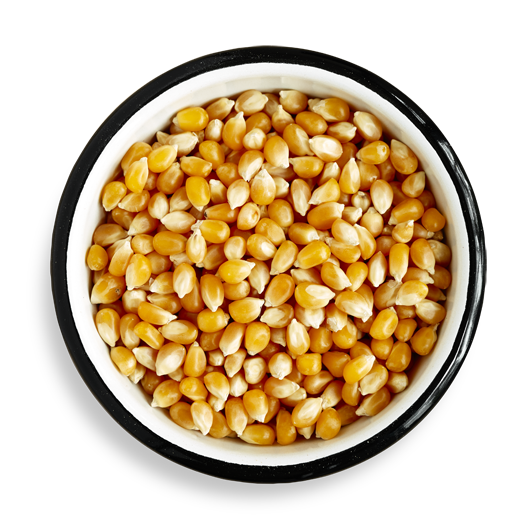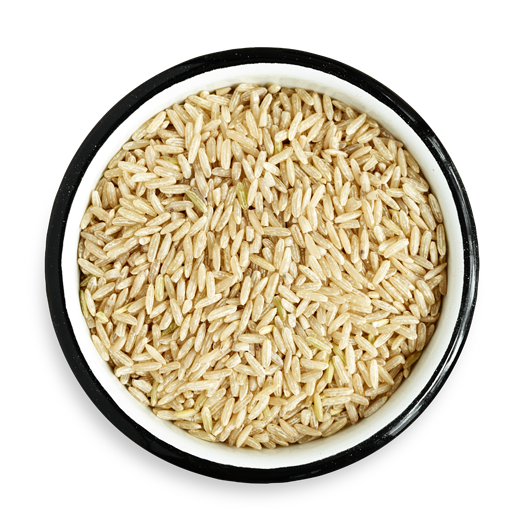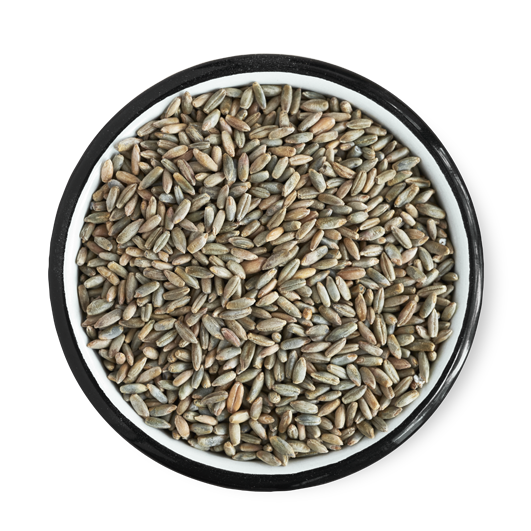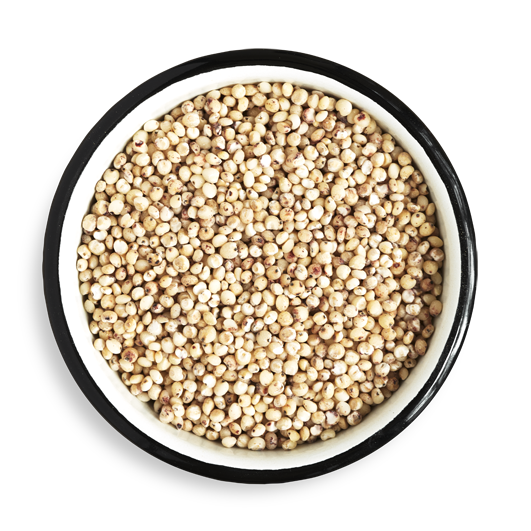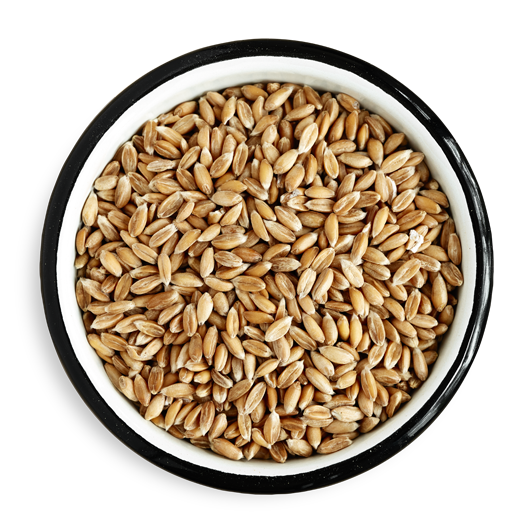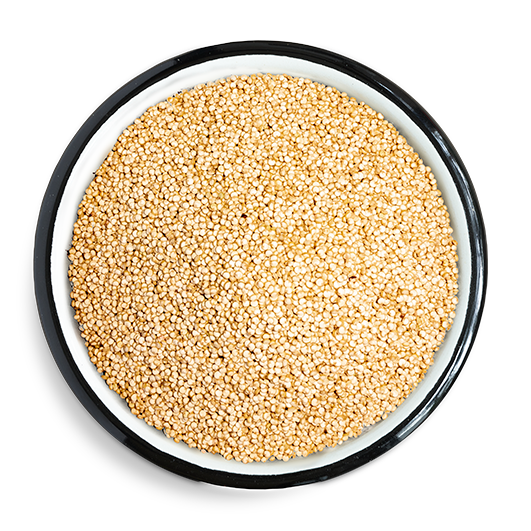Wheat
Wheat (Triticum) is one of the most frequently consumed grains in the world. There are many varieties of this grain type, including hard wheat, soft wheat, summer wheat and winter wheat. Each type has its own unique nutritional value and use. For instance, some wheat types are more suitable for bread and pastries, others for pasta.
Almost all bread contains wheat. It is easy to work with and produces good results when baked. Wheat contains gluten, which are proteins that give the bread its structure and elasticity.
Wheat has a sweet taste.
Waldkorn<sup>®</sup> with hamburger
Toast the slices of Waldkorn® and grill the beef burger. Top the toasted slice of Waldkorn® Classic with the lettuce leaves and tomato slices. Add the grilled beef burger and garnish with the dried onions and hamburger sauce. Cover with the second slice of Waldkorn® Classic.
Discover Waldkorn<sup>®</sup> with hamburger
ONS verhaal
Spelt in the grain field: find out all about this popular grain!
Spelt in the grain field: find out all about this popular grain!Brood op de feesttafel: laat je inspireren en geniet!
Brood op de feesttafel: laat je inspireren en geniet!
EXTRA






